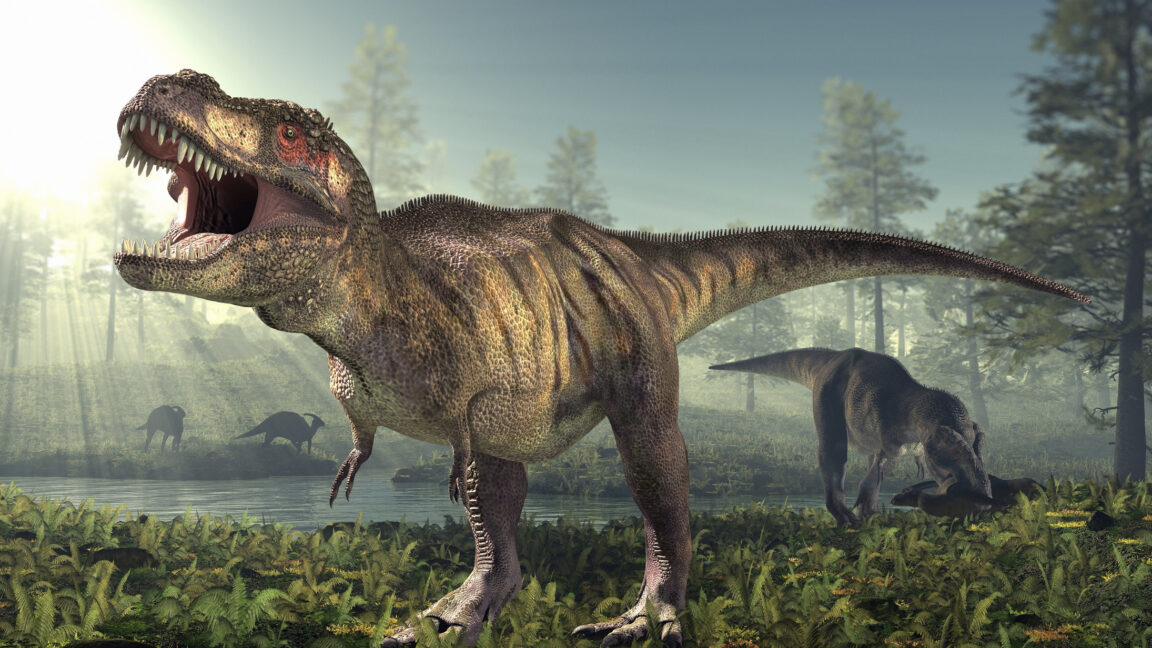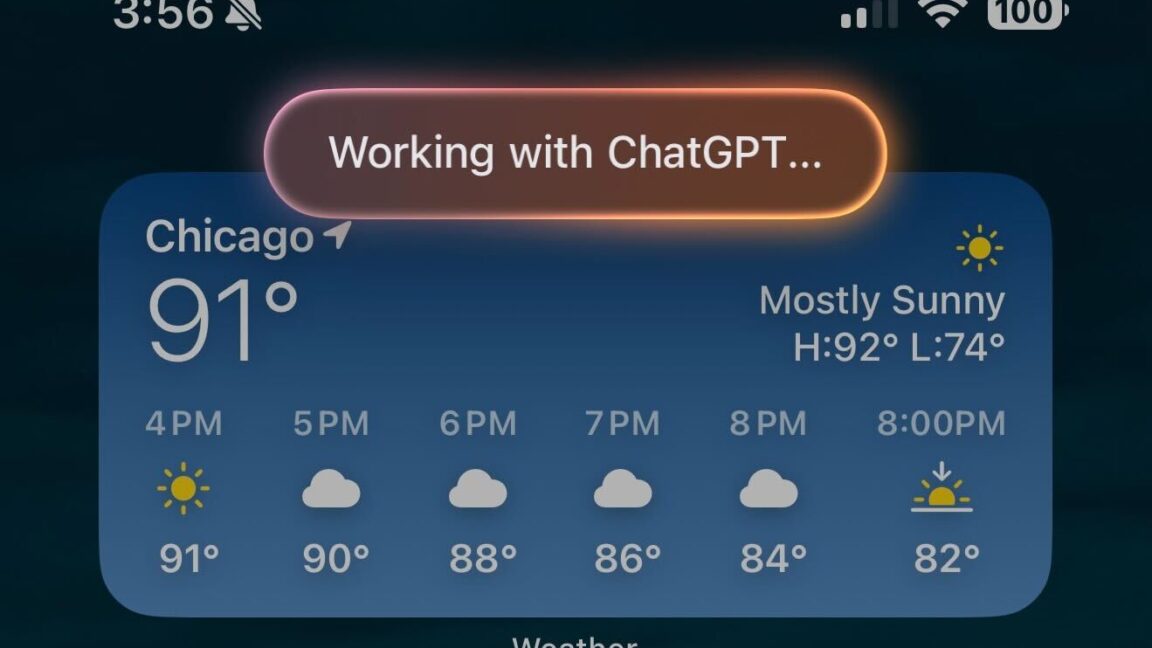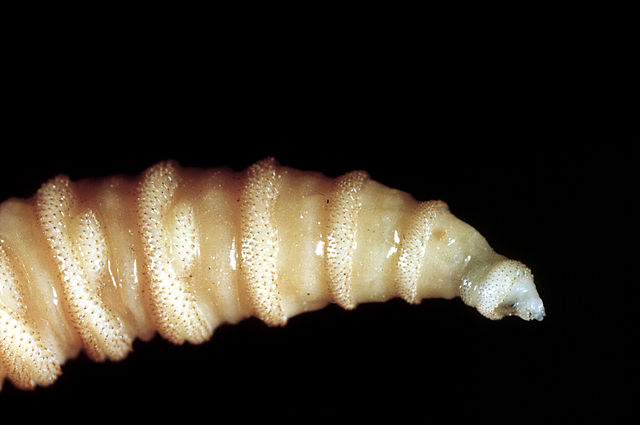
“And then you have the Spinosaurus which was kind of weird in general,” Rowe says. “There was a study by Dave Hone and Tom Holtz about how it was waiting on the shorelines, waiting for food to go by that it could fish out.” But Spinosaurus’ foraging wasn’t limited to fishing. There was a pterosaur found preserved in its stomach and there were iguanodon remains found in the maw of a Baryonyx, another large carnivore belonging to the same lineage as the Spinosaurus. “They had great diversity in their diet. They were generalists, but our results show they weren’t these massive bone-crunching predators like the T. rex,” Rowe says. Because the T. rex was just built different.
King of the Cretaceous jungle
The Tyranosauroidea lineage had stiff, akinetic skulls, meaning they had very little mobility in the joints. The T. rex skull could and most likely did withstand very high stress as the animal pursued a “high stress, high power” strategy, entirely different from other large carnivores. “They were very much like big crocodiles with extremely strong, reinforced jaws and powerful muscles that could pulverize bones,” Rowe claims.
The T. rex, he argued, was a specialist—an ambush predator that attacked large, highly mobile prey, aiming to subdue it with a single bite. “And we have fossil evidence of that,” Rowe says. “In the Museum of Natural History in New York, there is a Hadrosaur, a large herbivorous dinosaur with a duck-like beak, and there’s a T. rex tooth embedded in its back.” This, he thinks, means the T. rex was actively preying on this animal, especially since there are healing marks around the stuck tooth. “Even with this super strong bite, the T. rex wasn’t always successful,” Rowe adds.
Still, the fight with the Spinosaurus most likely wouldn’t go the way it did in Jurassic Park III. “The T. rex was built to fight like that; the Spinosaurus really wasn’t”, Rowe says.
Current Biology, 2025. DOI: 10.1016/j.cub.2025.06.051














Leave a Reply